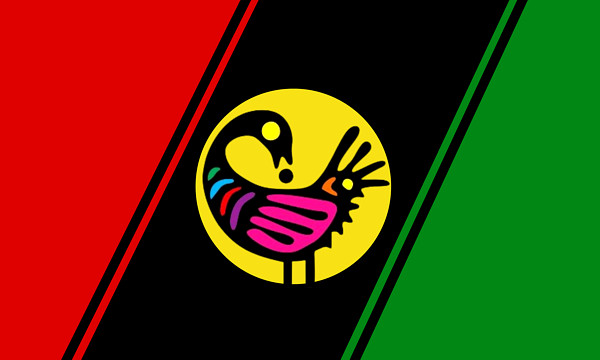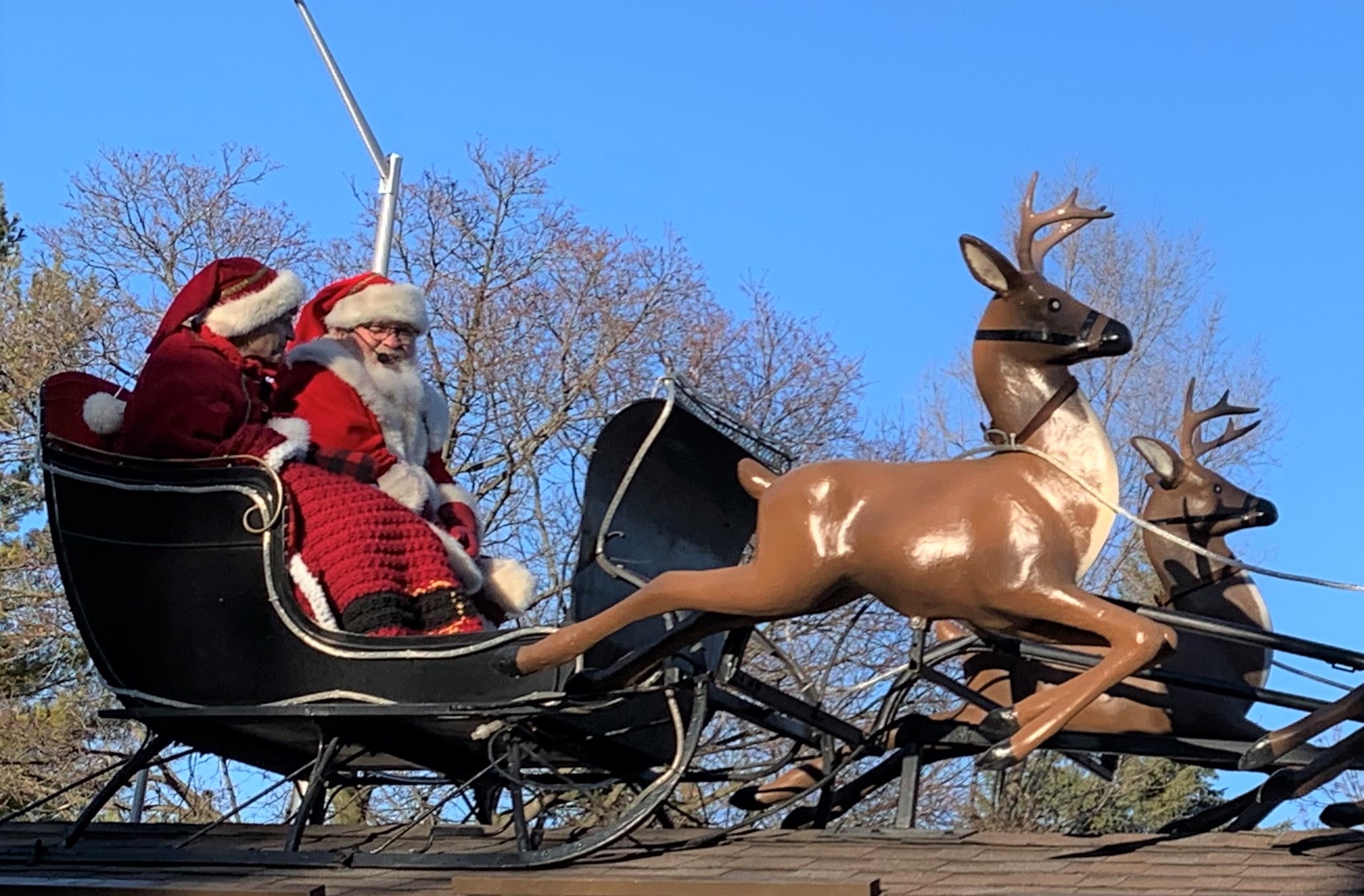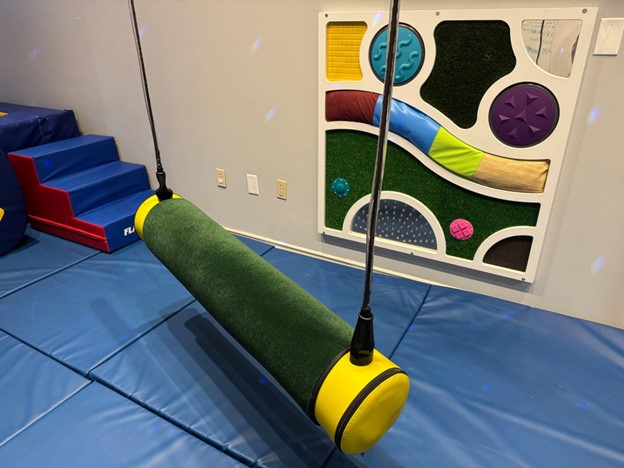By Maisha Hasan, Local Journalism Initiative Reporter
In conversations surrounding racism and the hateful environment it fosters, we often feel inadequate in our capabilities to help put racism and the backward system it upholds to an end. However, starting in our own communities is much easier, providing solutions there. For three of Halton’s teens, they are nothing short of innovative solutions.
These three teenagers, Devi Alleyne-Omkaro, Maya Jazayeri, and Keshav Mishra, were the winners of the 2024 Halton Black History Awareness Society (HBHAS) essay and video contest. This year’s theme was “Local Lens: Multiculturalism — Cultural Equality.”
In this contest, young people are tasked with learning more about Halton’s diverse society and creative ways to eradicate racism, bullying, and hatred within the aforementioned community.
I had the honour of speaking to the contest winners of Halton Black History Awareness Society’s (HBHAS) essay contest winners. The first-place winner is sophomore Devi Alleyne-Omkaro, from Burlington Central High School, writing a dazzling piece on her and her family’s perception of multiculturalism in Halton and its surrounding areas. After reading the essay, I sent over questions she happily answered.
In your essay, you focused a lot on the misrepresentation people usually have of Black culture. What do you find people typically stereotype it as?
To answer your first question I wouldn’t say I see misrepresentation. It’s more of a lack of representation. Additionally, I feel it’s stereotyped as something that should only be seen and done on occasion. As if there is no need to represent Black culture all the time.
You interviewed your brother on this matter who said that his experience with Black culture was much different in Scarborough. Would you say that this problem is solely a Halton-based issue?
I don’t believe it’s solely a Halton-based issue. His experience is different, but it’s not because Scarborough was so much better. He was able to see and experience Black culture more because of the community we lived in. As a whole place there definitely wasn’t enough promotion of Black culture.
Alleyne-Omkaro finds that schools are where people form their opinions and ideas about the world, so it is integral that schools teach their students about different cultures. She believes that a lot of cultural equality can be gained and improved from education, much like second-place winner, Maya Jazayeri, who also happens to be in the same grade and school as Alleyne-Omkaro.
Jazayeri, however, emphasizes cultural education that can be found in festivals and other community events. Jazayeri believes that festivals and events can be a building block for artistic exposure and meeting new people, making the incorporation of new and diverse cultures a necessity. She also won this contest last year, putting her name in once again due to her curiosity about Halton’s rich history.
In your essay, you emphasize cultural centrepieces such as festivals and music (blues, jazz, etc.). Why are they important for building a multicultural society?
In my essay for this year’s Halton Black History Awareness Society essay contest, I emphasized the significance of cultural centrepieces like festivals and music because they play a crucial role in building a multicultural society. They serve as tools that help unite different groups and bring them together for a collective purpose. In my essay, I chose to proclaim festivals and music as not just forms of entertainment, but expressions of cultural identity and heritage. Specifically in Halton, artistic expression has served as a stepping stone, shedding light on many individual catalysts and promoting cross-cultural interactions.
For example, amongst Black communities roots a deep resonance with jazz, blues, and gospel music. These genres often depict universal themes of hardship and triumph, strongly resonating with the experiences of other cultural groups in Halton. All in all, we can break down societal barriers, work towards a more inclusive society, and establish mutual appreciation between different groups of people if we simply promote cultural centrepieces such as festivals and music.
What drew you back into writing for this contest?
My motivation to participate in this contest again this year is rooted in a place of genuine passion and inspiration. Winning first place last year was an absolute honour, but my grade 10 history teacher’s ongoing influence was what really motivated me to participate again this year. Through his unwavering efforts to integrate diverse voices and shed light on marginalized groups within our curriculum, I have learned to perceive history not just as a single, linear narrative, but as a series of interconnected experiences that shape our present, past, and future.
After hearing about the themes of this year’s essay contest, multiculturalism and cultural equality, I was drawn to begin my research, integrating my takeaways from our history curriculum. One of the moments that stood out to me the most during my journey with this contest was the flag-raising ceremonies I had the privilege to attend. This event is an extraordinary opportunity for contest winners to hear from inspiring speakers and speak for themselves, shedding light on the significance of this day. My experience with this organization and their annual essay contest was so valuable and positive, that I would recommend any high school student in Halton to connect with such an inspiring group of people and work towards fostering understanding, inclusivity, and diversity within our society.
There were threads of similarities between all three of the winning essays; all mentioned Halton’s rich history regarding the Underground Railroad and its path toward freedom, for instance, as important and proud piece of local history, and all agreed that more work was needed to move towards cultural equality. However, the third-place winner, Keshav Mishra, who just finished grade 12 at Georgetown District High School, offers a different solution in coming to a place of cultural equality than Alleyne-Omkaro and Jazayeri.
Mishra emphasizes the underrepresentation of racialized people in leadership positions in Halton and that a huge step towards an open and multicultural society is to put diverse voices in said leadership positions.
In your essay, you focused on systemic change within Halton’s leadership positions. How would you advocate to incorporate more diverse people and opinions into these positions?
Trying to increase the number of diverse perspectives in my essay, I focused more on systemic changes at the Halton leadership level. Here’s how I think this can be effectively done:
Inclusive recruitment practices: diverse voices can only assume positions of leadership if recruitment procedures are inclusive in nature. This involves deliberate outreach to historically underrepresented groups and careful development of job descriptions and selection processes to attract a wide range of applicants. Mentorship programs will also need to be considered by organizations in order to support diverse individuals throughout their professional growth.
Bias training and awareness: leadership and hiring committees should be trained regularly on the identification and reduction of unconscious bias. Decisions through training can be made based on merit and potential rather than stereotyping. In addition, open respect would foster diverse perspectives that are valued and considered in a culture of openness.
Diverse leadership committees: establish committees or advisory boards that are representative of the community’s diversity. This can be useful in making decisions that are more inclusive in nature. Such groups can provide valuable insight into and recommendations for addressing the needs of diverse demographic groups.
Community engagement: forums, surveys, focus groups — this helps leadership understand better the varied needs and opinions within Halton, shapes policies and practices more inclusively, and represents the community.
Accountability and transparency: regular reporting works to keep the organization on its toes by making clear goals and metrics for diversity and inclusion. How leadership positions are filled, how decisions are made, and ensuring diverse perspectives are always considered and integrated into the process will be open and clear.
By adopting the strategies described above, Halton will go a long way in integrating diverse people and opinions at the leadership level to engender a more inclusive and representative decision-making process.
These three winners are bringing fresh, youth-driven perspectives to Halton’s multiculturalism, reflecting a growing interest among young people to engage with the region’s diverse culture and history and to voice their needs for representation and change. The Halton Black History Awareness Society runs their essay and video contest every year; visit the HBHAS website for more information on this and their other events.
Local-news.ca publishes the winning essays every year; Alleyne-Omkaro’s essay can be found here, and the other two will follow in the coming weeks. Congratulations to Devi Alleyne-Omkaroe, Maya Jazayeri, and Keshav Mishra!





